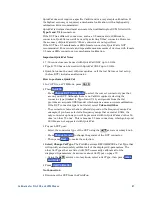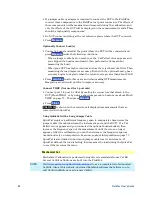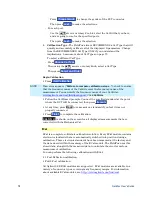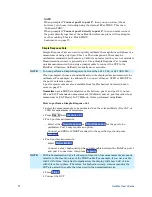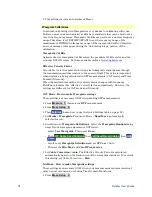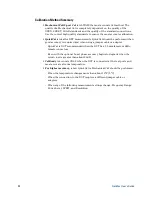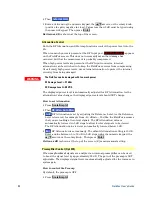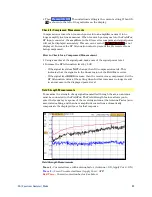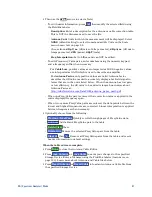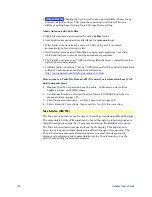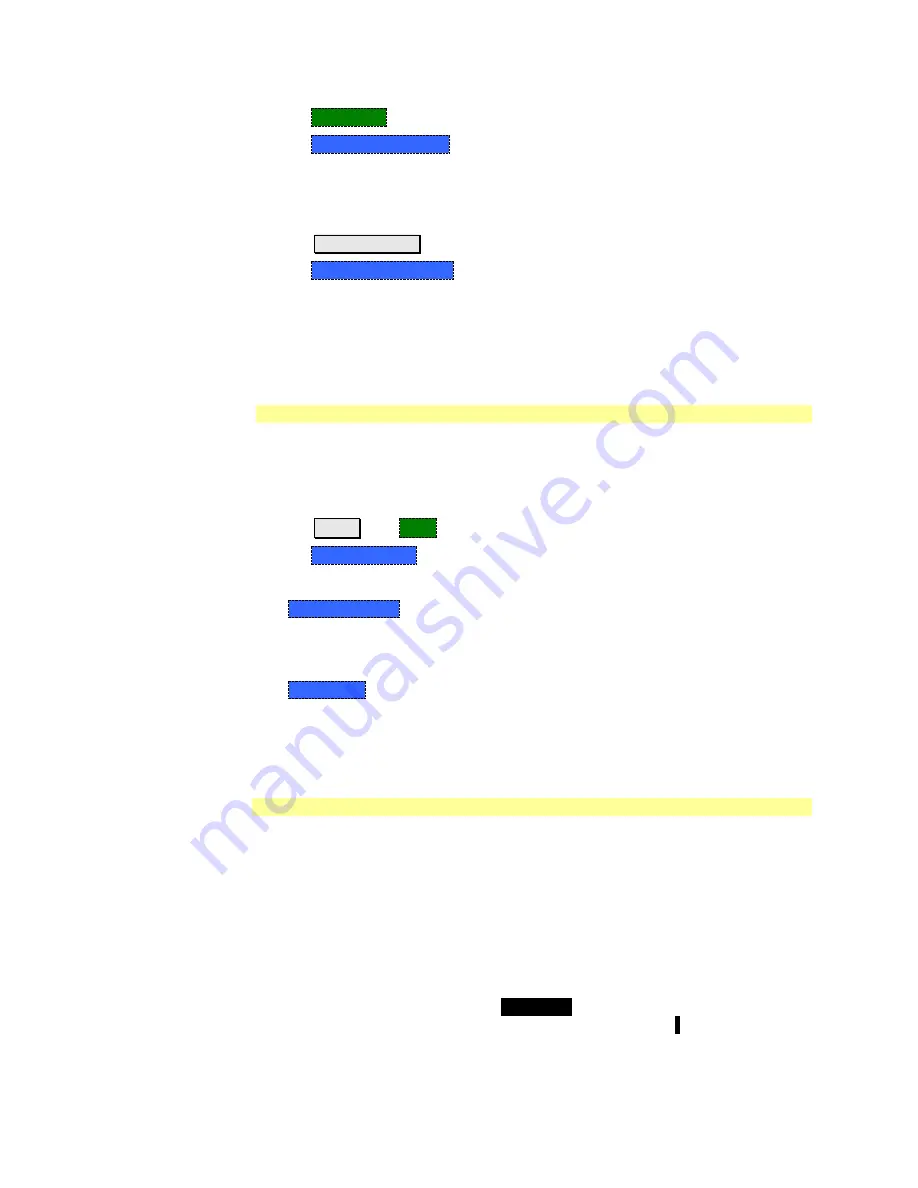
Calibration for NA, CAT, and VVM Modes
77
Then
Transform
Then
Transform Settings
Under
Transform Stimulus Settings
, set the
Start
and
Stop
frequencies to
those of the Waveguide.
Set
Stimulus = Bandpass Impulse
Press
Meas Setup 4
Then
Calibration Settings
Set
Media
=
Waveguide
Set
Cutoff Frequency
. This is the absolute minimum frequency of the
waveguide. This value must be less than the Start Frequency of the Waveguide.
Enter the calculated
Effective VF
value into the Velocity Factor setting.
Enhanced Response Optimization
When Enhanced Response Cal Type is selected, either for one calibration or for
CalReady, this setting optimizes the calibration based on the type of DUT being
measured. See also: CalReady Properties on page 78.
This setting does NOT survive Preset.
Press
Cal 5
then
More
Then
Enh.Response
Then choose from:
o
Non-Reciprocal
(default) An amplifier is a Non-Reciprocal device because it
has gain in the forward direction, and very high loss (isolation) in the
reverse direction. This choice provides the best correction for non-reciprocal
devices, and reasonable correction for reciprocal devices.
o
Reciprocal
A reciprocal DUT is a device in which the insertion loss through
the device is similar in both the forward (S21) and reverse (S12) directions.
A cable is a reciprocal device. This choice provides the best correction for
reciprocal devices. However, S11 measurements on non-reciprocal devices
will appear to have more return loss than the non-reciprocal choice.
Interpolation *
Highest measurement accuracy is achieved when the frequency range or
resolution settings remain the same during the measurement as when the
FieldFox was calibrated. If these settings change after performing a calibration,
the FieldFox will interpolate the calibration so that VERY accurate
measurements continue to be made.
Interpolated Calibrations are only
slightly less accurate
than a calibration
performed at the measurement settings. Learn more about the relative accuracy
of FieldFox calibrations on page 80.
When a calibration that you performed is being interpolated, an asterisk is added
to the Cal annotation. For example:
Cal ON U*
is shown on the screen when the
current Response or Mechanical cal is being interpolated. An
*
is never added to
a CalRdy.





